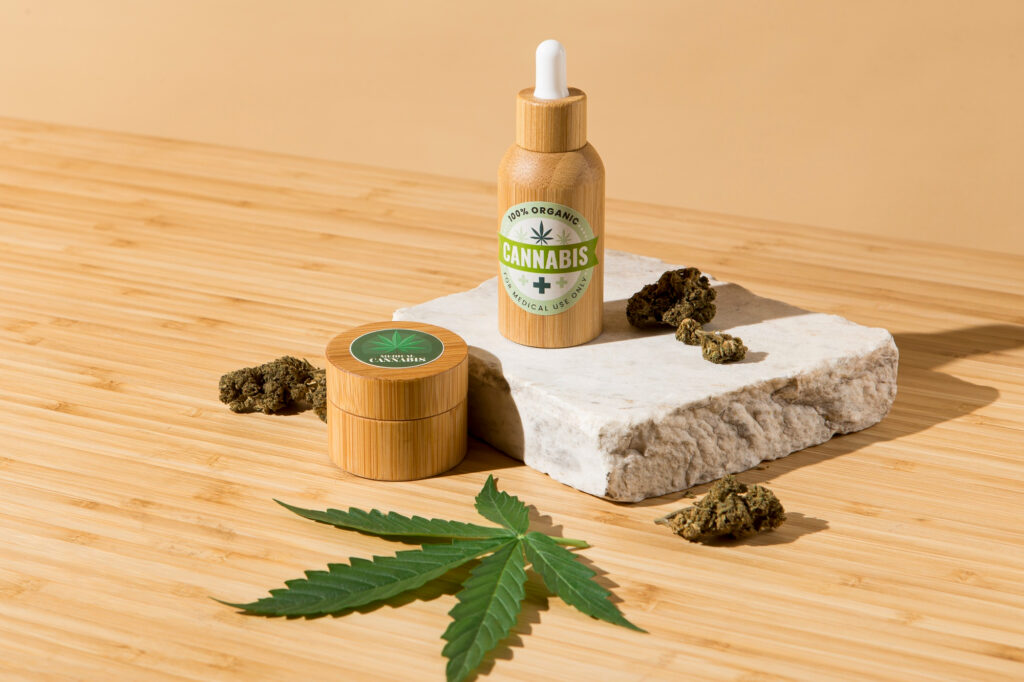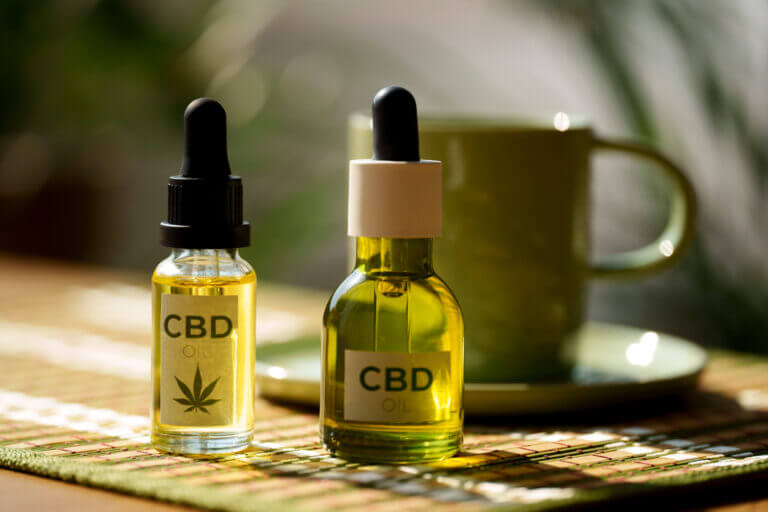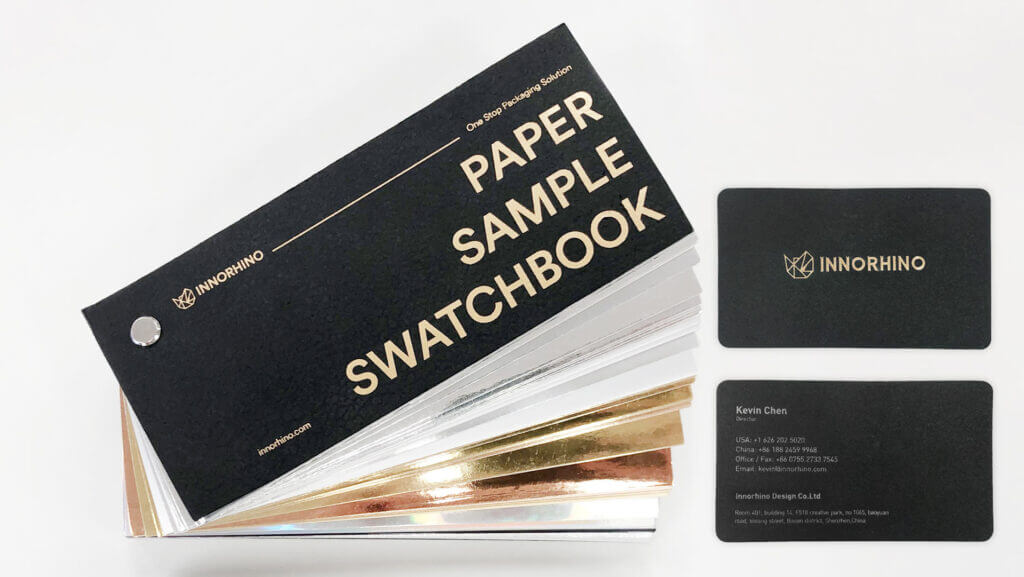CBD oil has rapidly emerged as a staple in wellness and health, offering a natural solution for those seeking relief from anxiety, pain, and sleep disturbances. As its popularity grows, so does the need for clear information about its benefits, common packaging and design, and the regulations surrounding its sale and use. In this guide, we’ll explore CBD oil from multiple perspectives, including its benefits, how it works, packaging trends, and important regulations to consider before purchasing or selling CBD oil.
What is CBD Oil?
CBD (cannabidiol) is a naturally occurring compound found in the hemp plant, a member of the cannabis family. Unlike THC (tetrahydrocannabinol), which is the psychoactive component that gives users a “high,” CBD is non-psychoactive, making it suitable for those who want the therapeutic benefits of cannabis without the mind-altering effects. CBD oil is created by extracting CBD from the hemp plant and blending it with a carrier oil like coconut or hemp seed oil.
How Does CBD Oil Work?
CBD interacts with the body’s endocannabinoid system (ECS), a complex network that helps regulate essential functions like mood, sleep, appetite, and pain sensation. The ECS consists of cannabinoid receptors (CB1 and CB2) and enzymes that work together to maintain balance (homeostasis) in the body. CBD influences these receptors indirectly, enhancing the body’s natural ability to manage stress, reduce inflammation, and promote relaxation.
Top Benefits of CBD Oil:
Anxiety and Stress Relief:
Multiple studies show that CBD can reduce anxiety by interacting with serotonin receptors in the brain, helping to create a calming effect.
Pain Management:
CBD’s anti-inflammatory properties are beneficial for managing chronic pain, especially in conditions like arthritis and multiple sclerosis.
Improved Sleep:
By promoting relaxation and reducing anxiety, CBD can help improve sleep quality and combat insomnia.
Skin Care:
Topical CBD is increasingly used in skincare products to treat conditions like acne, psoriasis, and eczema due to its anti-inflammatory and antioxidant properties.

Common Packaging and Design Trends for CBD Oil:
In the highly competitive CBD market, packaging is crucial for brand differentiation and consumer trust. Here are some common packaging trends:
Amber Glass Bottles:
These are favored because they protect CBD oil from light exposure, which can degrade the product over time. Amber glass is a common choice for maintaining the potency and shelf-life of CBD oils.
Dropper Caps:
For precision and ease of use, most CBD oil bottles come with droppers, allowing consumers to measure the correct dosage.
Sustainable Packaging:
As more consumers prioritize eco-friendly products, many CBD brands use recycled or biodegradable packaging materials to align with environmental values.
Minimalist and Clean Label Design:
The trend is towards simple, modern designs with a focus on clear information, clean fonts, and organic color schemes like greens, browns, and neutral tones that evoke a sense of natural wellness.
CBD Oil Regulations Around the World:
The legal status of CBD varies widely across different regions. Understanding the laws in your country or state is essential, especially if you’re selling or importing CBD products.
United States:
The 2018 Farm Bill legalized hemp-derived CBD containing less than 0.3% THC at the federal level. However, state-specific regulations vary, with some states imposing stricter guidelines on labeling, testing, and sales. The FDA oversees CBD products, particularly those marketed as dietary supplements or foods, and the regulatory environment continues to evolve. citation: US – What Are The Laws And Regulations Regarding CBD Oil Usage In 2024. – Conventus Law oai_citation:5,CBD in 2024: Navigating Legal Changes and Regulations | Cannooba.
United Kingdom:
CBD is legal as long as it contains less than 0.2% THC. Additionally, all CBD products must be approved as “novel foods” by the Food Standards Agency (FSA) before they can be legally sold. This ensures that products meet safety and quality standards, providing consumers with added confidence oai_citation:4,Understanding CBD Regulations Around the Globe 2024 – Truism Fitness.
European Union:
The EU allows the sale of hemp-derived CBD with less than 0.2% THC. However, regulations can vary significantly between member states, creating a complex regulatory landscape that businesses must navigate oai_citation:3,Understanding CBD Regulations Around the Globe 2024 – Truism Fitness.
Taiwan:
CBD is legal in Taiwan if the THC content is below 10 ppm (0.001%). This low threshold ensures that CBD products are non-psychoactive and safe for consumption oai_citation:2,US – What Are The Laws And Regulations Regarding CBD Oil Usage In 2024. – Conventus Law.
Asia:
In Japan, only THC-free CBD is allowed, reflecting the country’s conservative approach. South Korea permits the use of CBD for medical purposes under strict controls oai_citation:1,Understanding CBD Regulations Around the Globe 2024 – Truism Fitness.
These regulations underscore the importance of understanding local laws before purchasing or selling CBD products, especially in international markets where regulations can differ significantly.
Choosing Quality CBD Oil:
When selecting CBD oil, it’s crucial to look for:
– Third-Party Lab Testing:
Ensure the product has been tested for potency, purity, and the presence of any harmful substances like heavy metals or pesticides.
– Full-Spectrum vs. Broad-Spectrum vs. Isolate:
Full-spectrum CBD includes all cannabinoids and terpenes, offering the “entourage effect,” while broad-spectrum contains multiple cannabinoids without THC. CBD isolate is pure CBD without any other compounds.
– Transparency in Labeling:
A good CBD product should clearly state the dosage, ingredients, and THC content to meet regulatory standards and consumer expectations.
Dosage and Usage Guidelines:
CBD oil can be used in various forms, including sublingual drops, capsules, edibles, and topicals. It’s recommended to start with a low dose and gradually increase based on how your body responds. The optimal dosage varies depending on factors like body weight, the condition being treated, and individual tolerance.
Conclusion:
CBD oil offers a versatile, natural remedy for a wide range of health issues. From its benefits and how it works to its packaging trends and regulatory landscape, understanding the full spectrum of information can help you make informed decisions. As the industry continues to evolve, staying up-to-date with the latest regulations and design trends is essential for both consumers and businesses.








